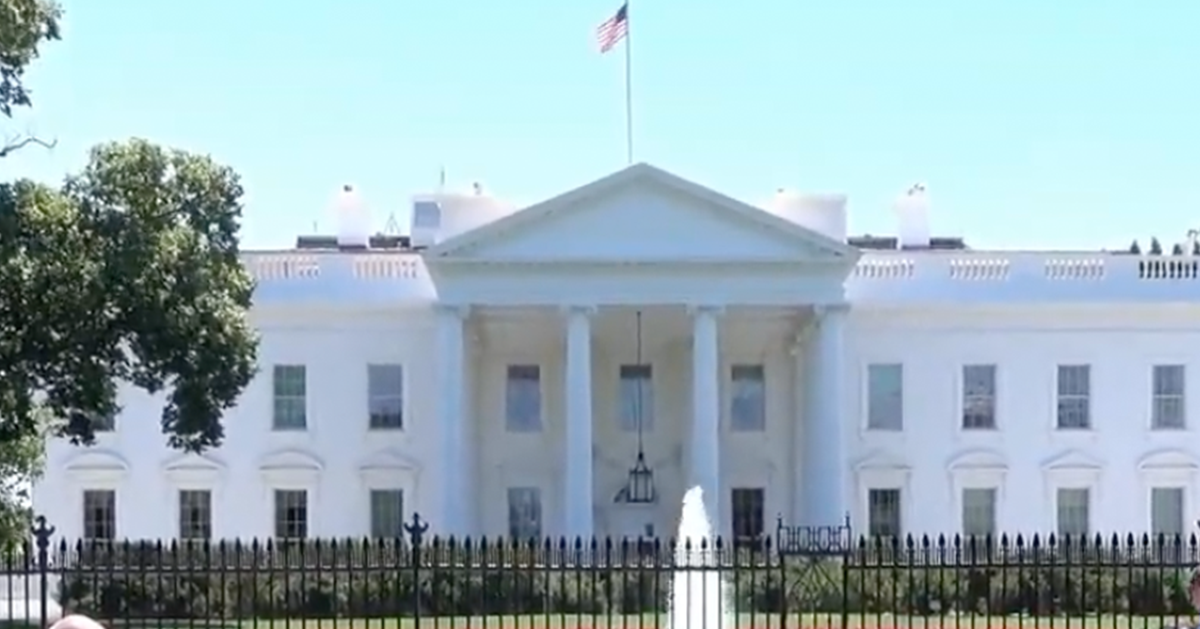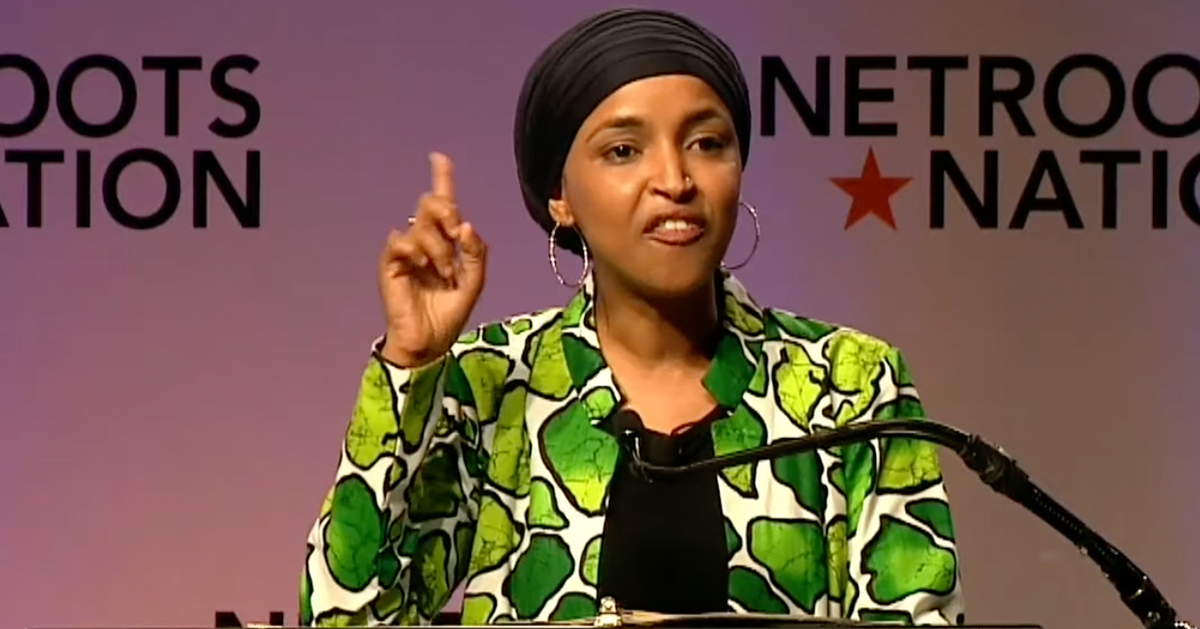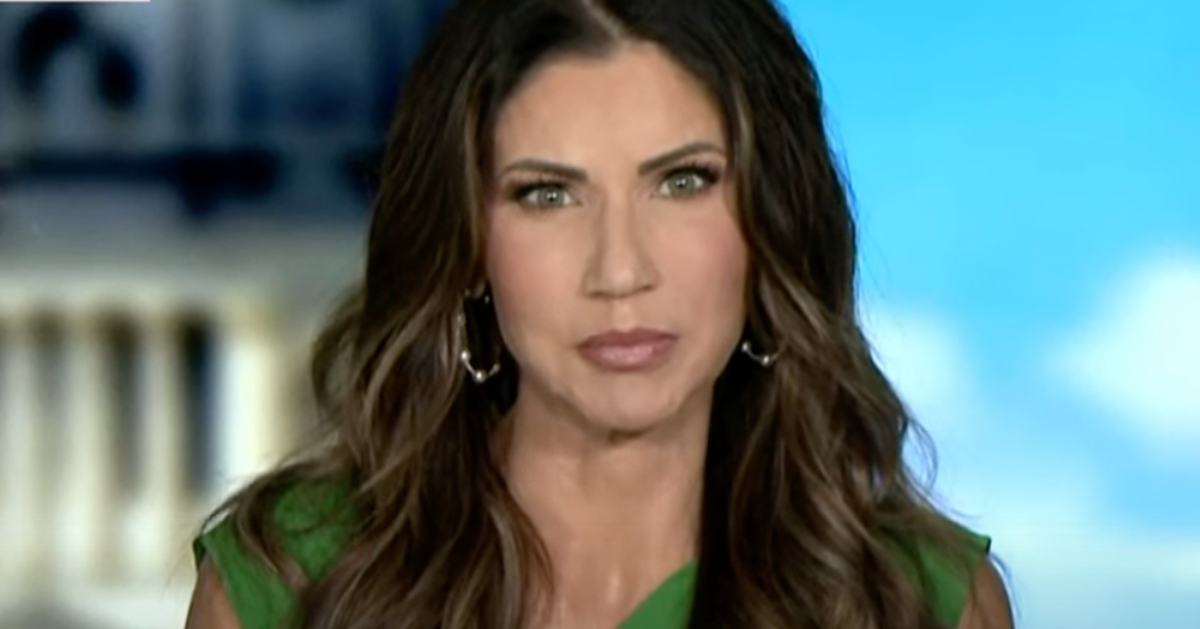Report: Trump administration crafting detailed plan for resolution of Russia-Ukraine conflict
Could President Donald Trump be the architect of peace in a war-torn Eastern Europe?
The Trump administration is diligently working on an intricate 28-point plan to bring an end to the brutal conflict between Russia and Ukraine, with a structure that addresses halting the violence, securing postwar stability, ensuring broader European calm, and redefining U.S. relations with both Moscow and Kyiv, as Just the News reports.
This ambitious effort, overseen by Special Envoy Steve Witkoff, draws inspiration from Trump’s recent success in brokering a Gaza cease-fire framework, showing a knack for tackling seemingly intractable global disputes.
Building Bridges with Russian Input
The plan’s foundation was partly laid during a significant meeting in Alaska between Trump and Russian President Vladimir Putin, where key understandings were reportedly reached.
Adding to the momentum, input from Russian representatives has been folded into this comprehensive proposal, signaling a willingness to engage directly with Moscow on critical security matters.
It’s a bold move, considering the deep mistrust that has festered for years, but perhaps a necessary one if lasting peace is the goal -- though skeptics might wonder if this olive branch risks too much.
Key Players in Miami Talks
Fast forward to late October, when Witkoff hosted Kirill Dmitriev, a high-ranking Russian official tied to the country’s sovereign wealth fund, for intense discussions in Miami.
Dmitriev, often seen as a diplomatic conduit on Ukraine issues, described the talks as constructive, emphasizing Russia’s security needs while hinting at a potential reset in U.S.-Russia ties.
That’s a diplomatic tightrope -- balancing Russian demands with American interests -- but if Trump’s team can pull it off, it might just rewrite the geopolitical playbook, much to the chagrin of progressive hawks itching for endless confrontation.
Framework for a Fragile Future
The 28-point framework is meticulously divided into four core areas, covering everything from stopping the fighting to crafting long-term stability across Europe.
While specifics on territorial control in eastern Ukraine—where Russian forces currently hold ground -- remain under wraps, the administration’s focus seems to be on a holistic resolution rather than piecemeal concessions.
A White House spokesperson noted that Trump remains optimistic, believing a durable deal is within reach if all parties are ready to make reasonable compromises, a stance that counters the often rigid posturing of establishment elites.
Pushing for Peace Before the Next Call
Currently, the administration is racing to polish a formal document before Trump’s upcoming contact with Putin, a deadline that underscores the urgency of this diplomatic push.
This isn’t just another photo-op; it’s a calculated effort to shift from conflict to conversation, a refreshing change from the war drums often beaten by those obsessed with globalist agendas over practical solutions.
While the road to peace is fraught with challenges, Trump’s determination to broker this deal offers a glimmer of hope in a region desperate for stability, even if it means ruffling feathers among those wedded to perpetual conflict.





